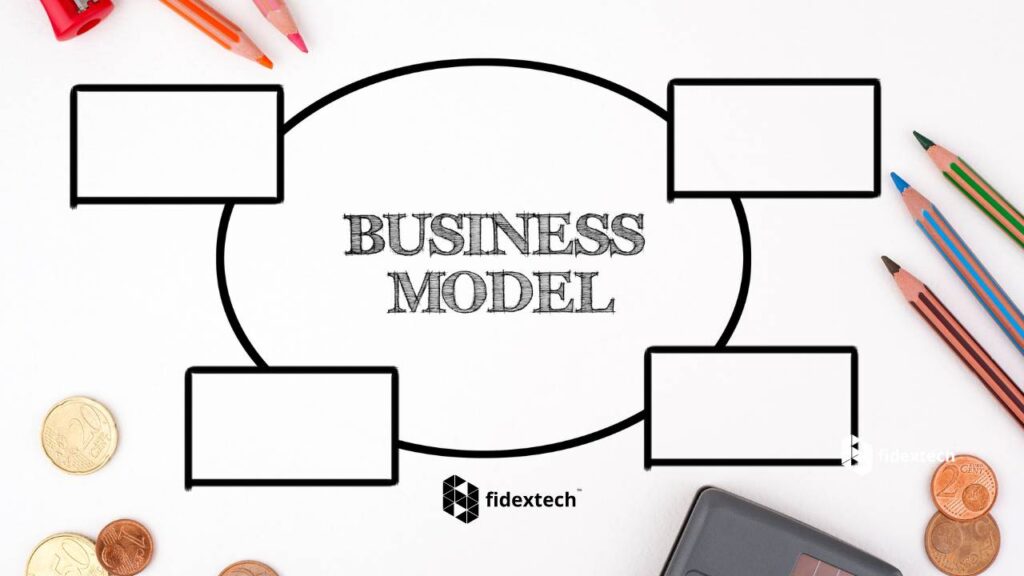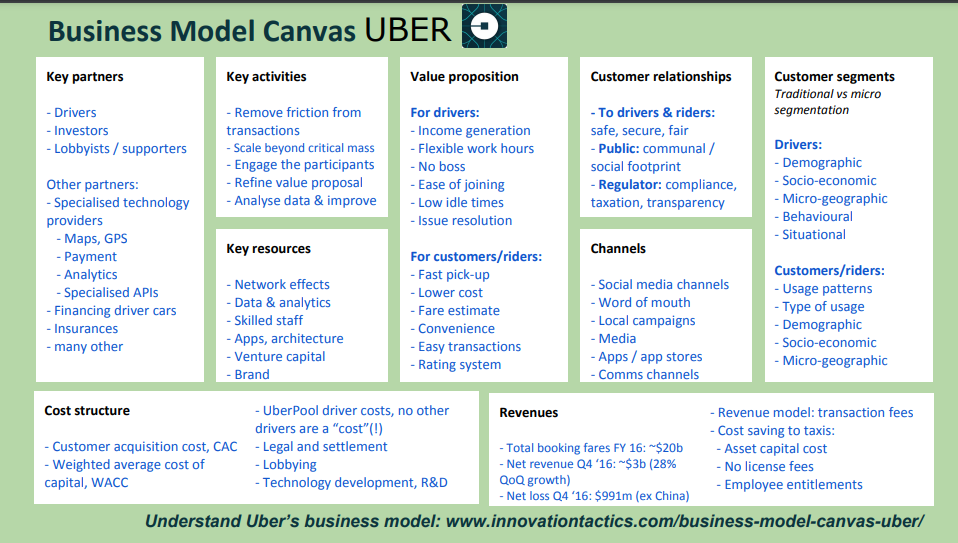In the world of business, there are many different approaches to creating and managing a company. One of the most popular and flexible models is the Canvas Business Model. This model was first introduced by Alexander Osterwalder and Yves Pigneur in their book, “Business Model Generation,” and has since become a widely used tool for businesses of all sizes and industries.
So, what exactly is the Canvas Business Model and how does it work? In short, it’s a visual tool that helps businesses map out their unique value proposition, target customer segments, key resources, and revenue streams. By creating a visual representation of these key components, businesses can better understand their own strengths and weaknesses, as well as identify areas for improvement.
So, let’s take a closer look at the different elements of the Canvas Business Model:

Value Proposition: What is it that your business offers that is unique and valuable to your customers? This can include products or services, as well as intangible benefits like convenience or peace of mind.
Customer Segments: Who exactly are you targeting with your business? This can include different demographic groups, geographic locations, or personality types.
Key Resources: What are the key resources your business requires in order to succeed? This can include physical resources like equipment or personnel, as well as intangible resources like brand reputation or industry expertise.
Channels: How will you reach and engage with your target customers? This can include online channels like social media or email marketing, as well as more traditional methods like in-store promotions or advertising.
Revenue Streams: How will your business make money? This can include product sales, recurring subscriptions, or advertising revenue.
Customer Relationships: How will you build and maintain relationships with your customers? This can include personal interactions, customer service, or loyalty programs.
Cost Structure: What are the key expenses associated with running your business? This can include salaries, marketing expenses, and rent.
By considering each of these elements and how they interact with one another, businesses can create a comprehensive and effective business plan. In addition, the Canvas Business Model is highly flexible and can be easily adapted to meet the unique needs of each business.
But don’t just take our word for it – let’s look at a few real-life examples of businesses that have used the Canvas Business Model to great success.
Airbnb: This popular online marketplace connects travelers with local hosts who can offer them a place to stay. By using the Canvas Business Model, Airbnb was able to identify its target customer segments (travelers looking for affordable and unique accommodation options), key resources (platform technology, user reviews), and revenue streams (host and guest fees).

Uber: Another online marketplace, Uber connects riders with local drivers who can provide transportation services. By using the Canvas Business Model, Uber was able to identify its target customer segments (riders who need a convenient and affordable way to get around), key resources (mobile app technology, network of drivers), and revenue streams (rider and driver fees).
Netflix: This popular video streaming service offers users unlimited access to a large library of TV shows and movies. By using the Canvas Business Model, Netflix was able to identify its target customer segments (people who want to watch TV and movies without commercial interruptions), key resources (content library, online platform), and revenue streams (subscription fees).
These are just a few examples of how the Canvas Business Model has been used in the past decade to help businesses achieve success.
In conclusion, the Canvas Business Model is a popular tool for businesses seeking to develop and manage their company efficiently. By breaking down a business and visualizing the components, businesses can gain understanding of their strengths and weaknesses, as well as areas to improve. Criticisms of the model include its time-consuming nature and lack of creativity, however, when used properly, it can be very beneficial. It is important to approach it with a flexible mindset and adapt it to fit unique needs.





